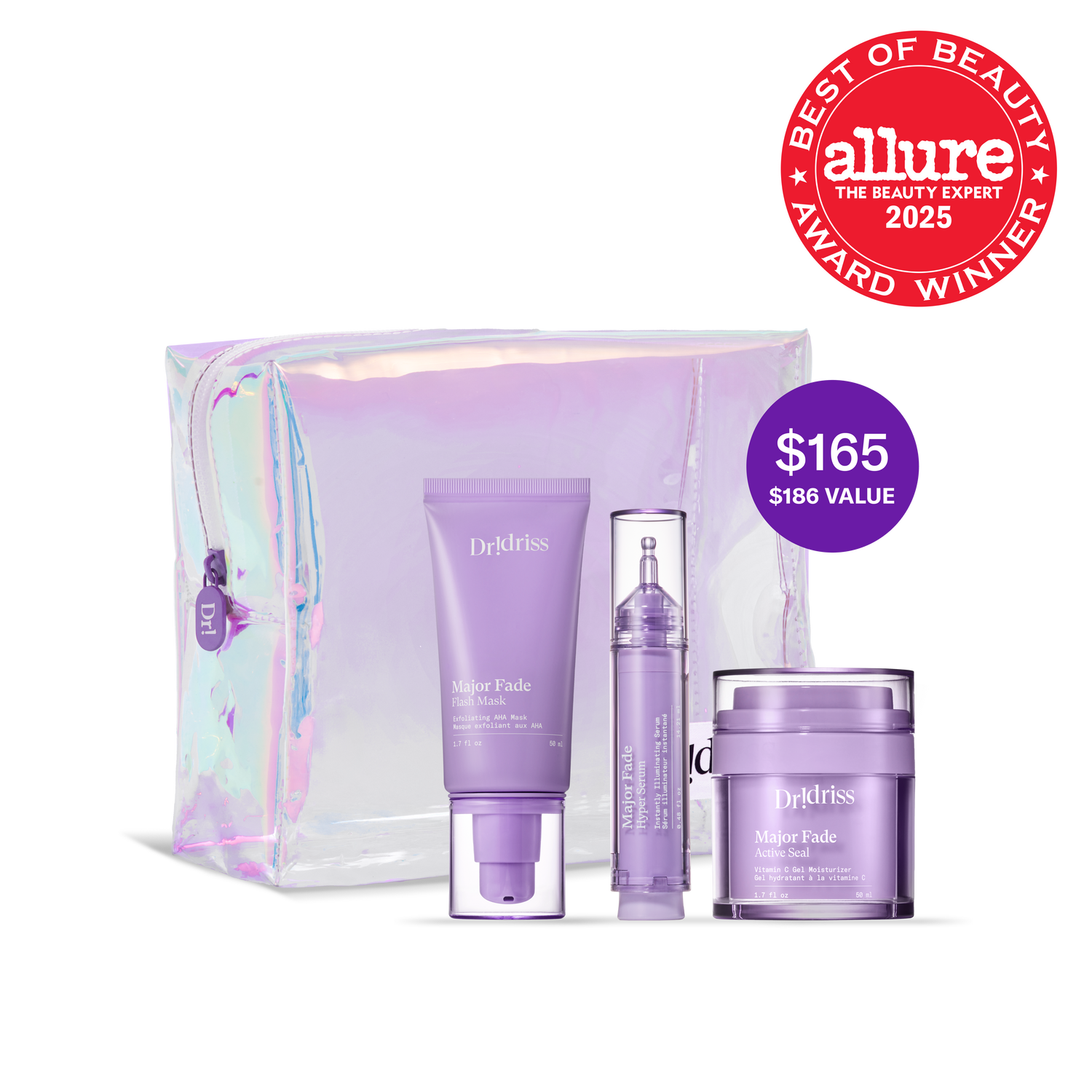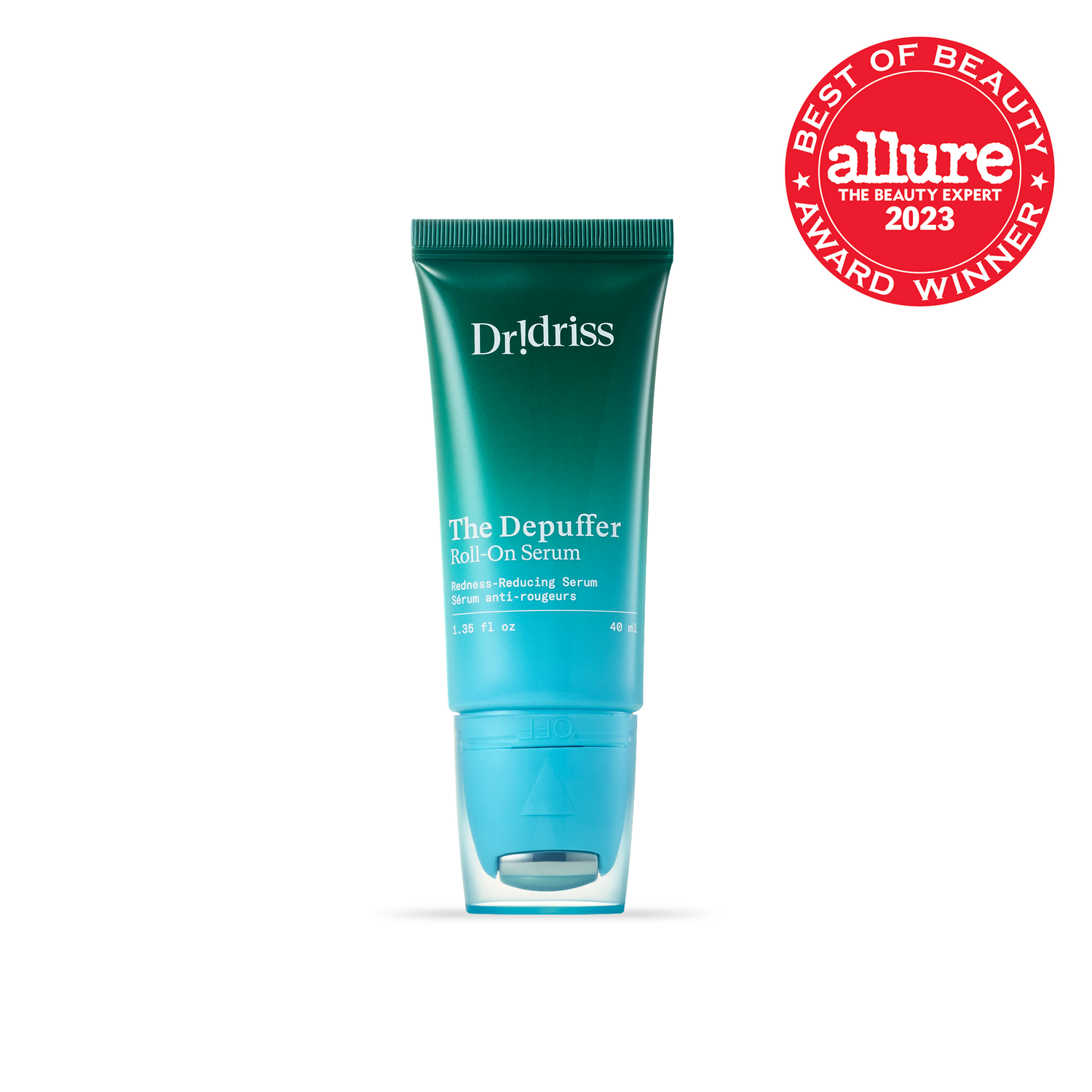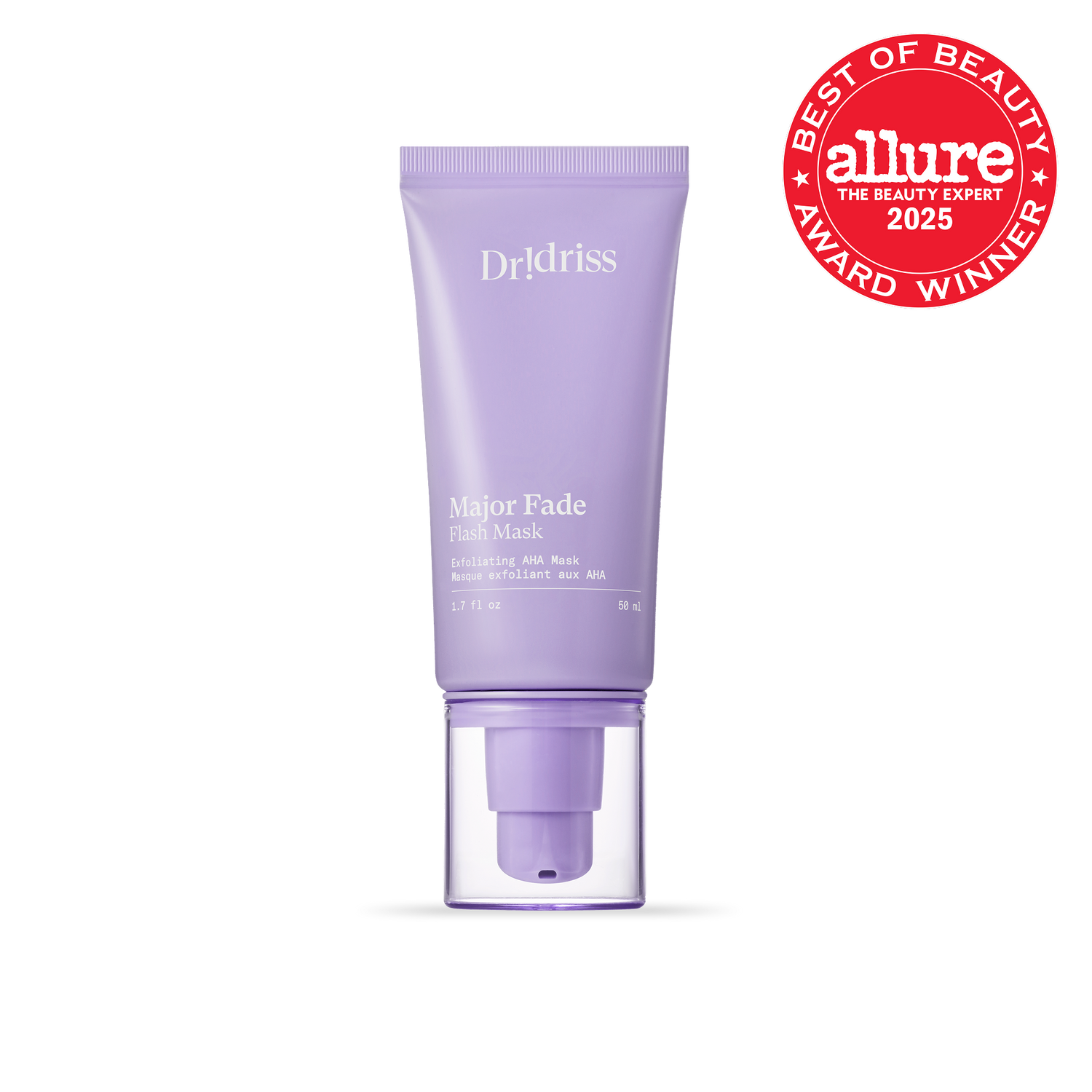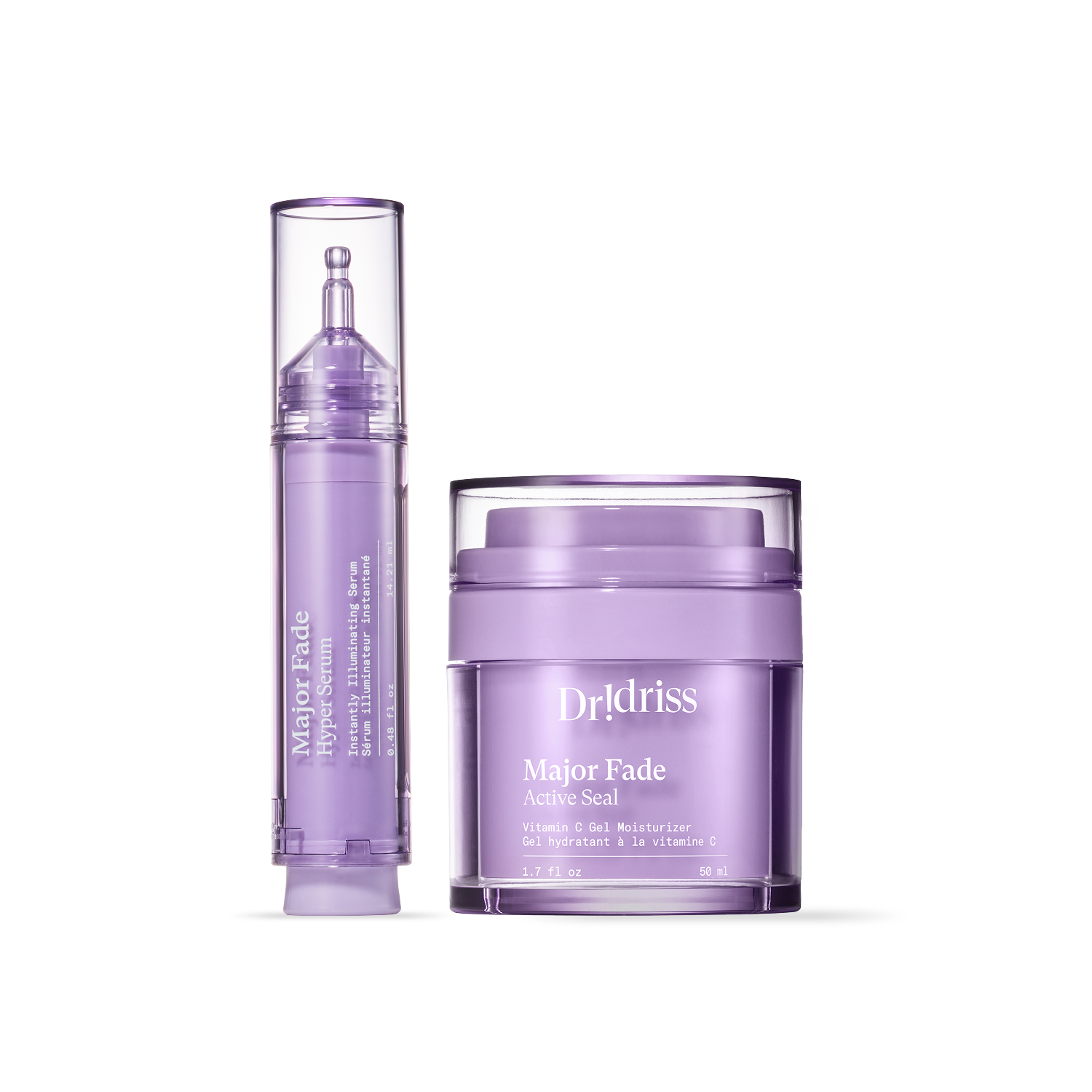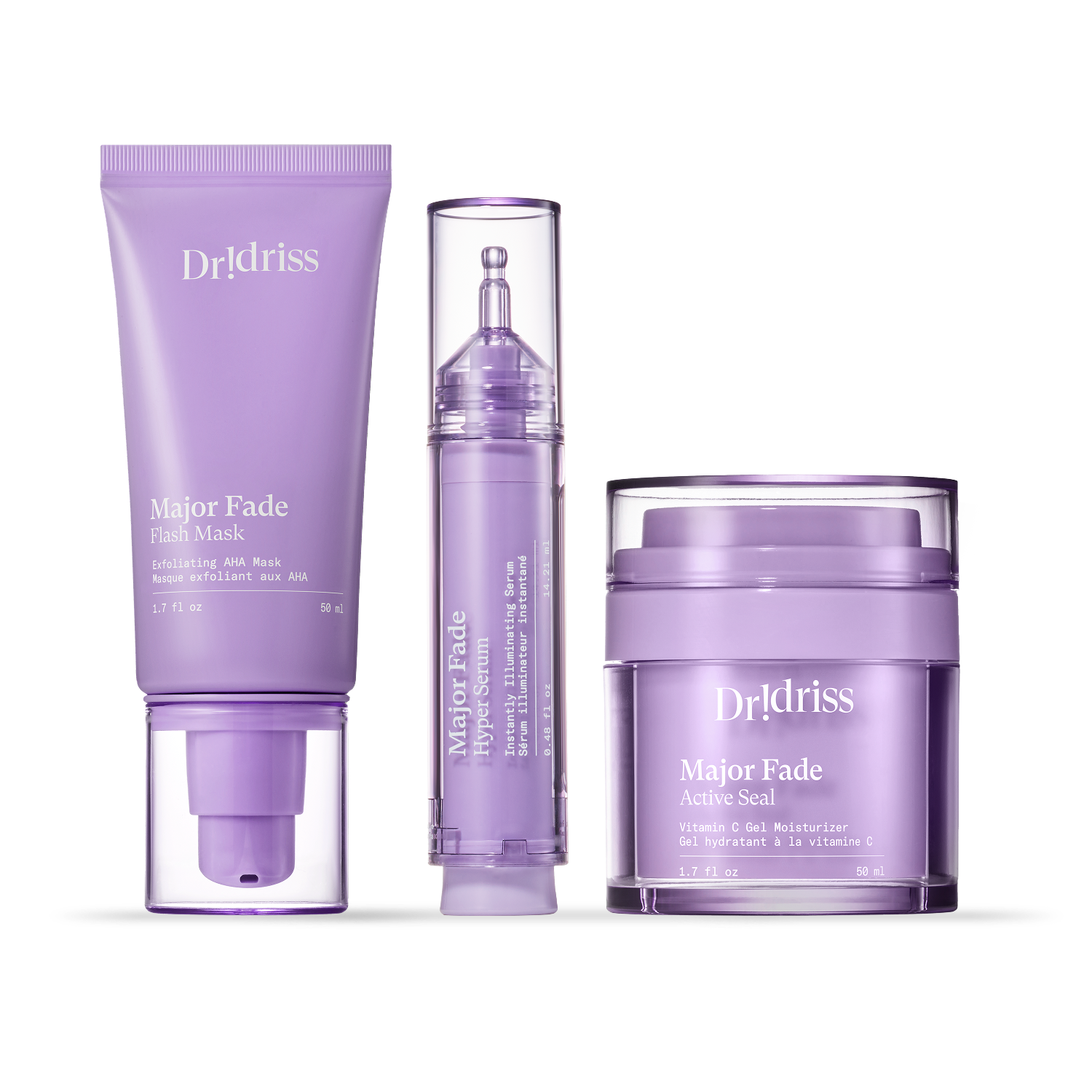Ingredients Glossary
We list all of the ingredients used in Dr. Idriss products by their common names, which is how Dr. Shereene Idriss usually refers to them in conversation. We also list the INCI (International Nomenclature of Cosmetic Ingredients) name in parenthesis if it differs from the common name.
4-Butyl Resorcinol
Agastache Mexicana Flower
This species of flowering plant, also known as Hyssop, is an edible flower with an aroma. This ingredient has antioxidant and anti-inflammatory properties that help to calm visible skin redness.





